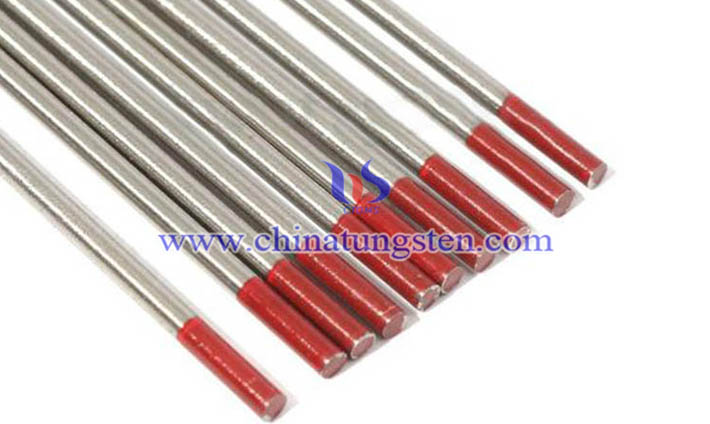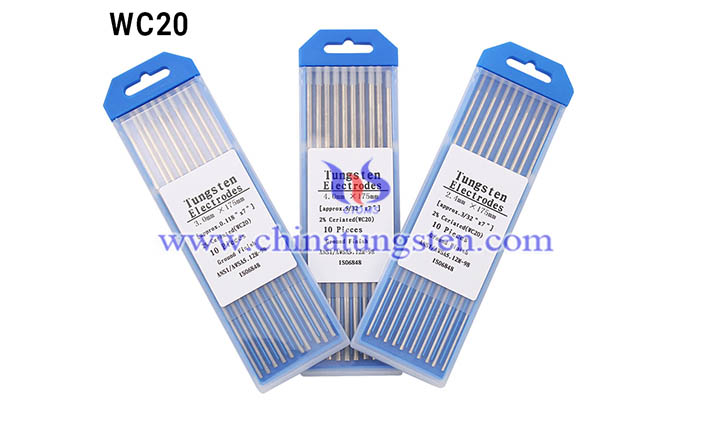The Differences Between Cerium Tungsten Electrode and Thorium Tungsten Electrode
- Details
- Category: Tungsten's News
- Published on Thursday, 08 December 2022 16:36
With the continuous development of science and technology such as welding, cutting and spraying technology, manufacturers have higher and higher requirements for tungsten electrodes, such as easy arc starting, stable arc column and long service life.
In order to improve the deficiencies of pure tungsten electrodes, researchers often add an appropriate amount of modifiers such as cerium oxide (CeO2) or thorium oxide in the production process, and the prepared products are naturally called corresponding electrodes such as cerium tungsten electrode (WC20) and thorium tungsten electrode (WT20). The two electrodes have many differences in terms of performance and production process.
1. Concept
WC20 is a tungsten electrode containing about 2% cerium oxide with gray color code; WT20 is a tungsten electrode containing 1-1.2% thorium oxide with red color code.
2. Physical and Chemical properties
WC20 has the characteristics of low melting rate, ablation resistance, good weldability, easy arc starting, high arc column stability, and no radioactivity. Under certain conditions, with the increase of CeO2 content, the ablation resistance and arc starting performance of the electrode will also increase.
The advantages of WT20 include low electron work function, strong current carrying capacity, good electrical conductivity, mechanical cutting and welding, etc., but the main disadvantage is radioactivity.

3. Production
The production process of the two electrodes is similar. The basic steps are to prepare tungsten-cerium powder or tungsten-thorium powder, then press it into a billet, and finally perform pre-sintering, high-temperature sintering, hot swaging, straightening, cutting, and cleaning in sequence.
4. Use
WC20 electrodes can be used in DC welding, AC welding, plasma welding/cutting/spraying/smelting; WT20 electrodes are generally used in direct current welding, as direct current negative electrodes or positive electrode materials such as stainless steel and nickel alloys, and are also key electrodes for argon arc welding, plasma welding and other processes.
- Tungsten Manufacturer & Supplier, Chinatungsten Online: www.chinatungsten.com
- Tungsten News & Prices of China Tungsten Industry Association: www.ctia.com.cn
- Molybdenum News & Price: news.molybdenum.com.cn
- Tel.: 86 592 5129696; Fax: 86 592 5129797; Email: sales@chinatungsten.com




 sales@chinatungsten.com
sales@chinatungsten.com